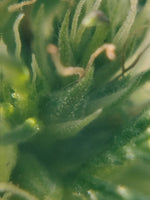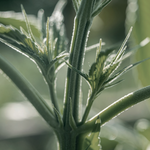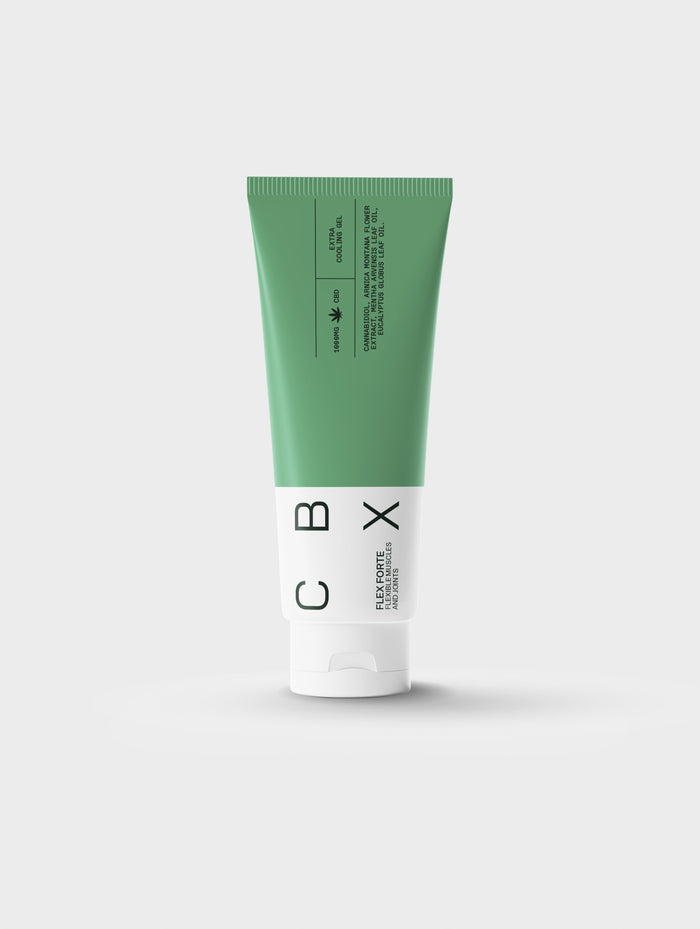Psoriasis is a skin disease that causes bumpy red patches on, among other things, the knees, elbows and trunk.
In psoriasis, skin cells multiply ten times faster than usual and cause flaking on the surface of the skin. Inflammation and redness around the scales causes whitish-silver patches and thick red patches on the skin.
In general, psoriasis is the result of accelerated production of the skin. The life cycle of a skin cell is one month. However, in people with psoriasis, this life cycle takes place within a few days. Rapid overproduction leads to the buildup of skin scales that can develop anywhere on the body, including:
- hands
- the feet
- the neck
- scalp
- the face
- Elbow knees
Types of psoriasis:
Psoriasis is classified into five official types:
- Plaque Psoriasis – Plaque psoriasis is the most common type of psoriasis. It is an autoimmune disease that causes thick, scaly, red patches on the skin.
- Guttate psoriasis – In guttate psoriasis, the skin has small, red, scaly teardrop-shaped spots. It usually affects children and young adults.
- Pustular Psoriasis – Pustular psoriasis causes widespread skin inflammation and small white or yellow pustules filled with pus. Pus is made up of white blood cells and is not a sign of infection.
- Inverse psoriasis - It manifests itself as lesions that are purple, brown or darker than the surrounding skin, in the folds of the body, on colored skin. It manifests as bright red lesions in body folds on Caucasian skin.
-
Erythrodermic Psoriasis – One of the most serious forms of psoriasis, erythrodermic psoriasis, is unusual, aggressive and inflammatory, with a peeling rash all over the body that burns intensely.
What are the symptoms of psoriasis?
In general, psoriasis symptoms differ between people and types of psoriasis. However, the most common symptoms of psoriasis are:
- red, raised, inflamed patches of skin
- whitish-silver scales or patches over the red patches
- dry skin that may crack and bleed
- pain around the plaques
- itching and burning sensations around the patches
- thick, pitted nails
- painful and swollen joints.
Not all people have the same symptoms. Some may have completely different symptoms if they have a less severe type of psoriasis.
Certain external triggers can trigger a new flare-up of psoriasis. The most common psoriasis triggers include:
- the stress
- the alcohol
- The wounds
- medication
- Infections
Psoriasis treatment options:
Unfortunately, psoriasis has no cure. All treatments aim to reduce inflammation, scales, slow the growth of skin cells and eliminate plaques. The type of treatment you receive will depend on the size of your rash, where it is on your body, your age, your overall health, and other factors.
Common treatments include:
1. Topical treatments:
Creams and ointments applied directly to the skin help manage mild or moderate psoriasis. You may have heard of topical CBD products, such as creams, lotions, and ointments, that help reduce itching and pain. Topical CBD products are great for managing skin conditions like psoriasis.
Research on cannabinoids for psoriasis symptoms:
Affect skin cell growth : A 2017 study indicates that cannabidiol may help manage psoriasis symptoms by stopping skin cell buildup.
Act as an anti-inflammatory : Recent research highlights that cannabinoids like CBD reduce inflammation to help psoriasis [2].
Manage pain : The anti-inflammatory properties of CBD help manage pain associated with psoriatic arthritis which is a painful condition. Many psoriasis patients seek out medical cannabis because of its pain management properties.
2. Systematic medications:
People with moderate to severe psoriasis often opt for other treatment options like oral and injected medications. Many of these medications have serious side effects. Doctors usually prescribe them for short periods of time. Some medications are:
- methotrexate
- cyclosporine
- organic products
- retinoids
3. Light therapy:
Light therapy treatment of psoriasis uses UV or natural light. Sunlight kills overactive white blood cells that attack healthy skin cells and cause rapid cell growth. UVA and UVB rays can help reduce symptoms of mild to moderate psoriasis.
If you have psoriasis, you can use topical CBD products and other CBD products to help reduce symptoms associated with psoriasis. However, it is recommended to consult your healthcare provider or doctor before taking CBD products.











